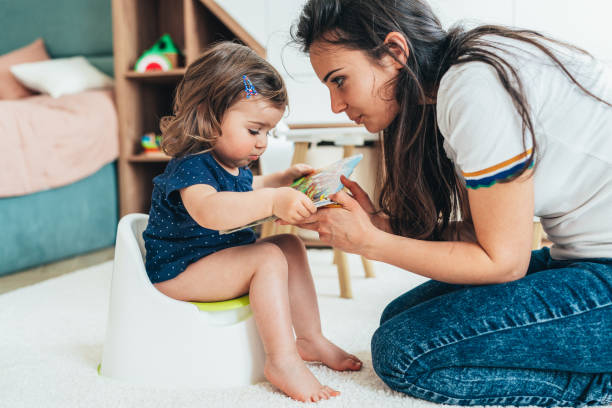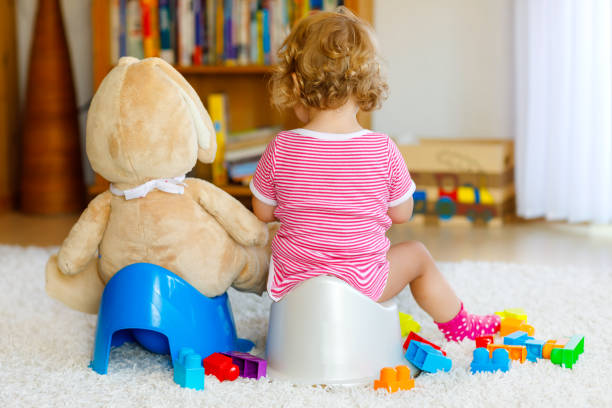Potty training is a significant milestone in your child’s development, but it can also be a challenging and sometimes messy task for parents. The good news is that with the right approach, patience, and a few clever tricks, you can make potty training a smoother and more successful experience for both you and your child. In this article, we'll guide you through the potty training process and share proven tips and hacks to help you along the way.
When to Start Potty Training
Knowing when to start potty training is key to ensuring success. Most children are ready to begin potty training between 18 months and 3 years old, but every child is different. Look for these signs of readiness:
Interest in the Toilet: If your child shows curiosity about the bathroom or wants to watch you use the toilet, they may be ready to start potty training.
Dry Periods: If your child can stay dry for two hours or more, or wakes up from naps with a dry diaper, it’s a good indication they are ready.
Verbal Cues: Children who can communicate when they need to go, or can follow simple instructions, are typically ready to start potty training.
Physical Ability: Your child should be able to pull down their pants and sit on the potty with minimal assistance.
Step-by-Step Guide to Potty Training
Introduce the Concept: Start by talking to your child about potty training. Explain what the potty is for and how it’s used. Reading books or watching videos about potty training can also help build understanding.

Choose the Right Equipment: Invest in a child-sized potty or a potty seat that fits securely on your toilet. Let your child choose their potty to make them feel more involved in the process.

Set a Routine: Establish a regular potty routine, such as sitting on the potty after meals or before bedtime. Consistency is key to reinforcing the habit.

Positive Reinforcement: Celebrate every small success with praise, stickers, or small rewards. Positive reinforcement encourages your child to keep trying.

Teach Proper Hygiene: Teach your child how to wipe properly (front to back for girls) and the importance of washing hands after using the potty.

Be Patient and Supportive: Accidents will happen, and that’s okay. Stay calm, avoid punishment, and offer reassurance. Remember that potty training is a learning process.

Proven Tricks and Hacks for Potty Training Success
Use Training Pants: Transition from diapers to training pants, which help your child feel wetness without causing a major mess. This can help them understand the sensation of needing to go.

Create a Potty Training Chart: Make a chart to track progress, and let your child add stickers each time they successfully use the potty. This visual reward system can motivate them to keep going.
Make It Fun: Turn potty training into a game. For example, put a few drops of food coloring in the toilet water and let your child “change the color” when they go. This adds an element of fun to the process.

Read and Sing: Keep a stack of books or sing songs while your child sits on the potty. This keeps them entertained and encourages them to stay on the potty longer.

Dress for Success: Choose clothing that is easy to pull up and down. Avoid clothes with complicated buttons, zippers, or belts during potty training to make it easier for your child to go independently.

Nighttime Training: Once your child is consistently dry during the day, you can start nighttime training. Use waterproof mattress protectors and limit liquids before bedtime to reduce the chance of nighttime accidents.

Celebrate Milestones: Potty training is a big achievement, so celebrate milestones like staying dry for a whole day or using the potty without reminders.
Handling Potty Training Challenges
Reluctance to Use the Potty: If your child is hesitant or afraid to use the potty, don’t force them. Take a break and try again in a few weeks. In the meantime, continue to encourage and talk positively about potty training.
Regression: It’s common for children to experience setbacks, especially during times of stress or change. If your child regresses, remain patient and supportive. They’ll get back on track in time.
Public Bathrooms: Some children are afraid of public toilets due to the loud flushing noise or unfamiliar surroundings. Carry a portable potty seat or encourage them to use the bathroom before leaving home.
